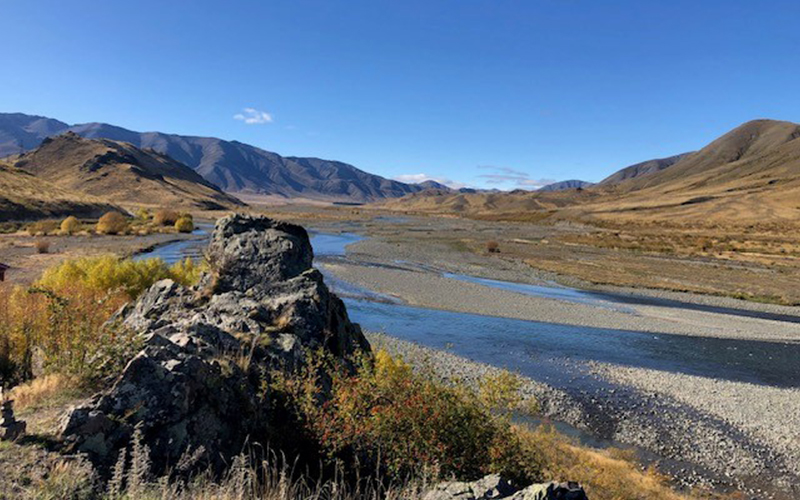Proposed Values
What are values?

Upper Acheron River
Values are what is important to you about freshwater.
Understanding what these values are is one of the first steps in ensuring the Proposed Marlborough Environment Plan (PMEP) provides for these freshwater values under the National Policy Statement for Freshwater Management 2020 (NPSFM).
The NPSFM identifies four compulsory values which must apply to all Freshwater Management Units (FMUs) and Council must assess whether another nine values listed in the NPSFM also apply (see the table below).
Additional values can also be identified by communities and tangata whenua.
Value | Type of Value |
|---|---|
Ecosystem health – includes values which apply to each of the 5 biophysical components of ecosystem health. | Compulsory |
Human contact | Compulsory |
Threatened species | Compulsory |
Mahinga kai | Compulsory |
Natural form and character | Must be considered |
Drinking water supply | Must be considered |
Wai tapu | Must be considered |
Transport and tauranga waka | Must be considered |
Fishing | Must be considered |
Hydro-electric power generation | Must be considered |
Animal drinking water | Must be considered |
Irrigation, cultivation, and production of food and beverages | Must be considered |
Commercial and industrial use | Must be considered |
See Appendix 1A and 1B of the NPSFM for further details on these values.
The NPSFM recognises Māori approach freshwater management in a different way. Council is working with the nine tangata whenua Iwi within Marlborough to identify specific Māori freshwater values. These values will also be incorporated into the council’s planning and decision-making processes to ensure they are provided for.
Proposed values for Waiau-toa Clarence FMU
Values, long-term visions, and environmental outcomes are all interlinked. View the latest proposed values for the Waiau-toa Clarence FMU in the link below. Full documentation on the development process and previous versions are also available.

Acheron River looking north towards Isolated Saddle.

